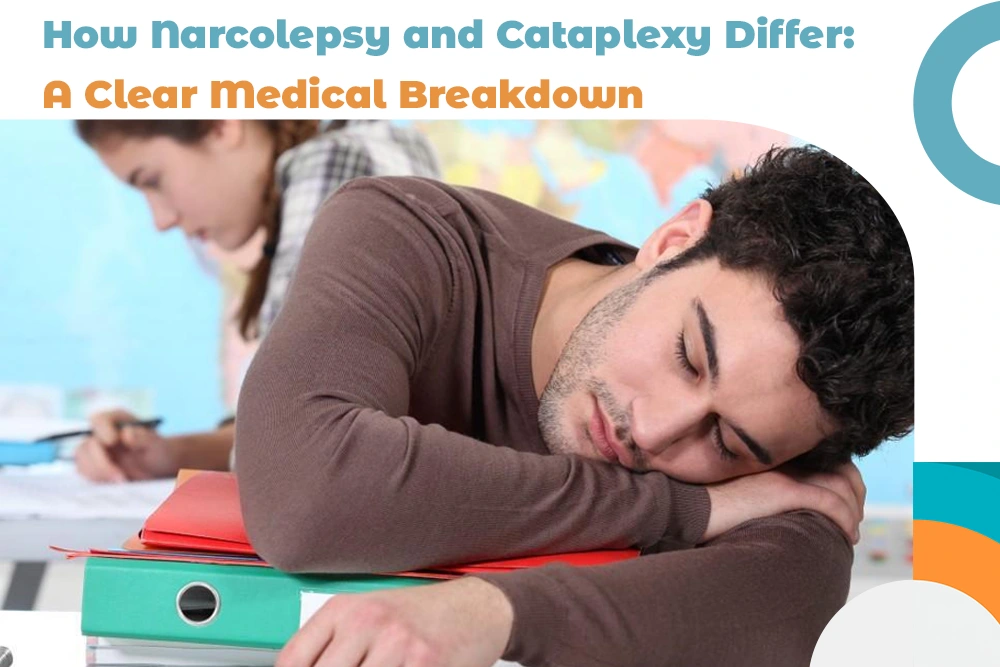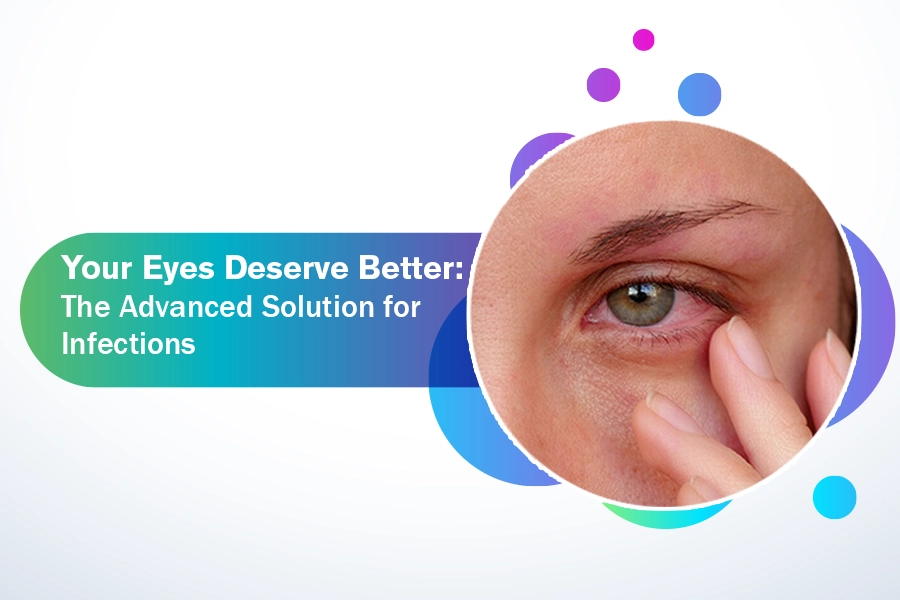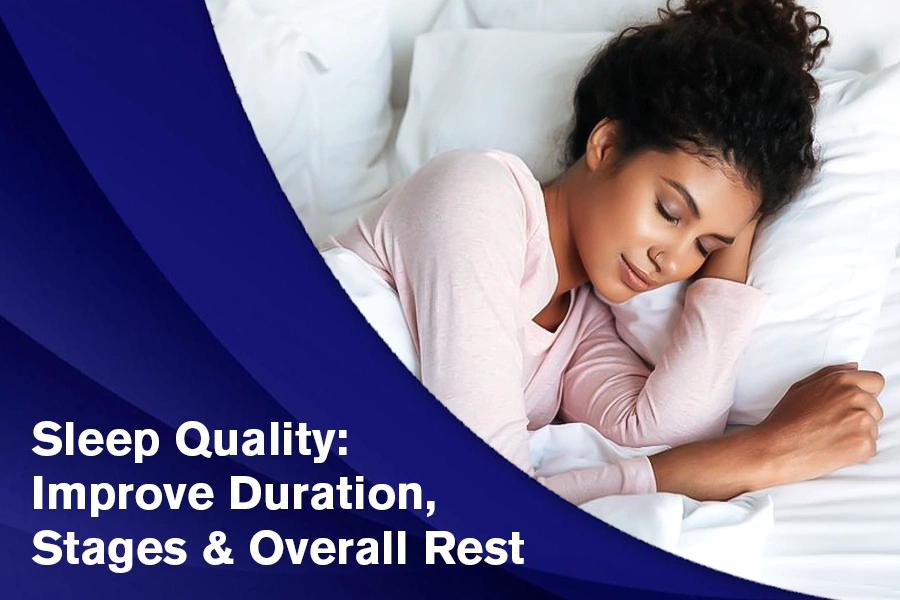It is well to understand how to distinguish between cataplexy and narcolepsy because, even though they are two distinct medical diseases, individuals tend to mix them up. This checklist will endeavor to define each disease, clear up some myths, identify the primary distinctions between the two, and give recommendations on when to visit a doctor, how to monitor symptoms, and how to be treated.
Narcolepsy: What Is Narcolepsy? Causes and Often Stated Myths
One neurological disorder with a long history of influencing the sleep-wake pattern is narcolepsy. The second symptom outlined here is daytime excessive sleepiness. Sleep attacks in the course of some activities like speaking or eating may be felt when people simply fall asleep quickly and involuntarily at inopportune moments. Other symptoms could be sleep paralysis, disturbed nighttime sleep, and extremely vivid hallucinations at bedtime or upon waking.
Causes
The majority of patients with type 1 narcolepsy have low hypocretin levels, although the causes of the disease are still unknown. In the majority of instances, the deficiency is caused by an allergy, genetic factor, or, in some cases, a head injury. Cataplexy is not experienced in type 2 narcolepsy; hypocretin levels in type 2 narcolepsy are usually within normal.
Stated Myths
Myth: Narcolepsy is very rare.
Although it occurs in potentially 1 out of 10,000, it is commonly not diagnosed.
Myth: They need more sleep or are tired.
The fact is that sleeping more will not help those who are suffering from narcolepsy, a neurological condition.
Myth: People with narcolepsy all fall asleep at once.
Cataplexy affects only patients of type 1 narcolepsy and is elicited by emotions that are very intense.
Cataplexy: What is It? Why It’s Often Mistaken for Narcolepsy
It might be surprising, funny, joyful, or angry emotions that cause a sudden, brief loss of tone. During the episodes, which can range from minor (drooping eyelids, slurred speech) to severe (the body just collapses), the victim maintains complete consciousness.
What’s the big deal?
Cataplexy as a clinical feature isn’t in itself an illness. It is a feature that differentiates type 1 narcolepsy from type 2 narcolepsy. Because cataplexy can happen so dramatically, in the form of a seizure or fainting, it is most often mistaken for these other diseases, especially in children.
Key Differences in Symptoms and Triggers
Narcolepsy
Definition: Chronic Sleep Wake Control Disorder
The principal symptom is increased daytime sleepiness.
Consciousness: may nod off or become unconscious
Triggers include boredom, tedium, and lack of sleep.
Length of sleep apnea attack minutes
They can occur at any moment.
Relationship: Cataplexy is not a requirement for narcolepsy.
Cataplexy:
Definition: Sudden weakening of muscles caused by emotion
Primary Symptom: Transient muscle loss induced by emotions
Maintain full awareness throughout the process.
Intense emotions like laughter or rage are stimuli.
Time: from a few seconds to several minutes
Occurrence: Only when deeply moved
Relation: Narcolepsy alone causes cataplexy.
How Each Condition Is Diagnosed by Healthcare Professionals
History of recent illness, with particular reference to EDS symptoms and difficulty sleeping, is generally required in the diagnosis of narcolepsy.
Multiple sleep latency tests and nocturnal polysomnography are two methods utilized in sleep research to measure the latency of sleep onset and REM sleep during the day.
Detection of hypocretin: The hypocretin levels in CSF fluid are at times detectable.
Excluding other causes: The other causes of excessive daytime sleepiness have to be excluded, which include other sleep disorders, psychiatric conditions, and medical illness that are the cause of excessive daytime sleepiness.
The following criteria are used in the diagnosis of cataplexy:
Complete history, including events, triggers, and awareness—or lack of awareness—during attacks.
Observation: On occasion, clinic observation or video recording could prove helpful.
Differentiation: It should be ascertained that the events are not a result of seizures, falls, or any other condition that leads to muscle weakening.
Treatment Options and Management Strategies
Medications used to treat narcolepsy
This is supported by stimulants such as amphetamines and Provigil.
Cataplexy and some of the signs of REM sleep may be addressed using sodium oxybate or some other drugs.
Changes in Lifestyle:
Naps during the day are planned.
Develop a consistent sleeping routine.
Steer clear of potentially hazardous activities to do (like driving) during sleep attacks.
Support: Informing friends, family, employers, and schools. Cataplexy drug: Sodium oxybate is usually the first medication to be used to treat cataplexy.
Certain antidepressants, such as tricyclics, SSRIs, and SNRIs, are known to prevent cataplexy attacks.
Steer clear of triggers:
By recognizing and controlling emotional triggers, the frequency can be reduced.
When to See a Doctor: Recognizing the Need for Medical Attention
You must see a doctor if you or someone you are with has any of the following:
Excessive daytime sleepiness that continues even after adequate nighttime sleep.
The idea is that Enquiry Pharmacy equips its readers to make informed health decisions by connecting them with genuine pharmaceuticals.
This is not unrelated to spasmodic bouts of muscular weakness or loss of tone, especially on the occasion of a great emotional upsurge. episodes of simulation of seizures or syncope with complete awareness. Daytime muscle weakness or fatigue interferes with social, mental, or occupational functioning. Early diagnosis will reduce the chances of misdiagnosis, enhance the quality of the patient’s life via appropriate treatment, and save a few lives. Though not the same illness, cataplexy and narcolepsy are connected. Narcolepsy is a chronic sleep illness. Individuals who are emotionally upset and are alone, and have type 1 narcolepsy, get cataplexy, a separate symptom. To get a proper diagnosis, proper treatment, and improved care for those who have them, it is crucial to know how they differ from each other. See your physician if you or a loved one thinks you might have these symptoms to get a proper diagnosis and treatment that is appropriate for you.








Leave a Reply